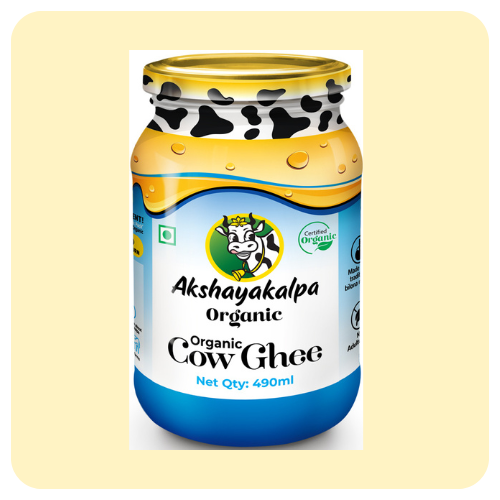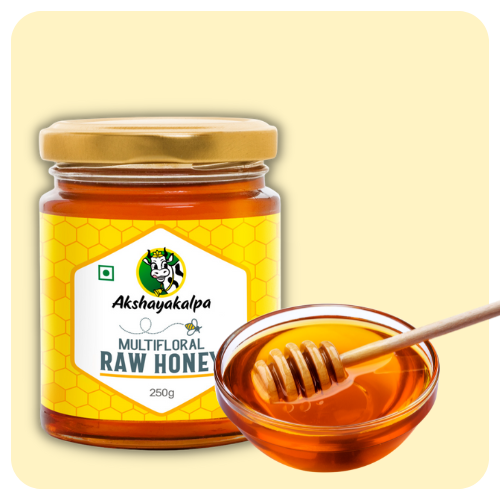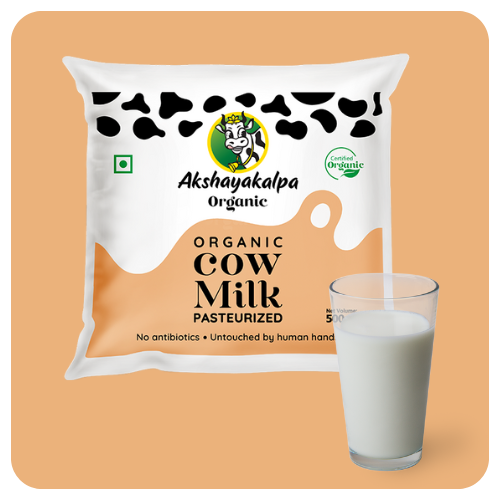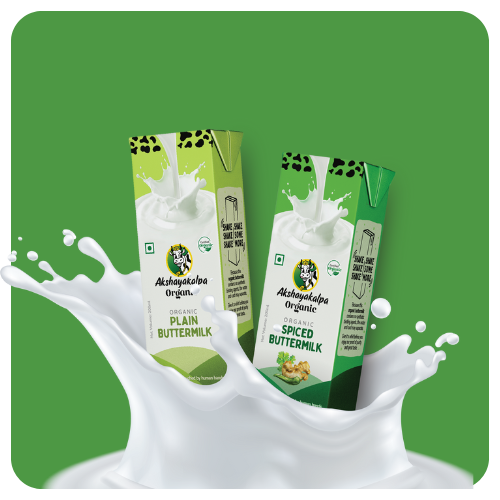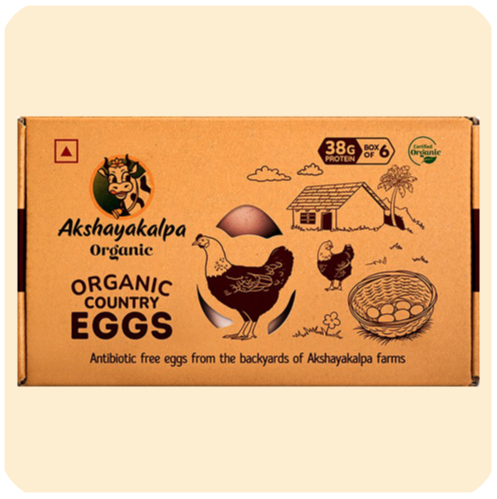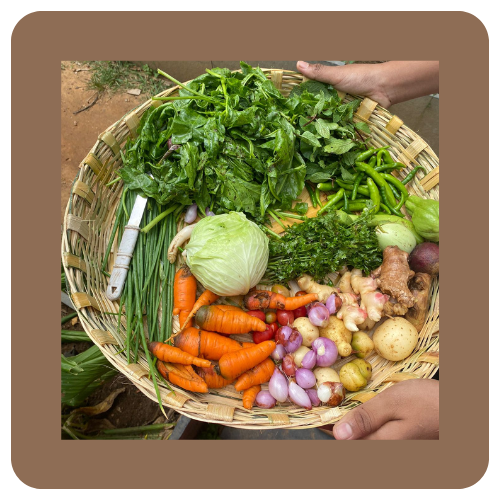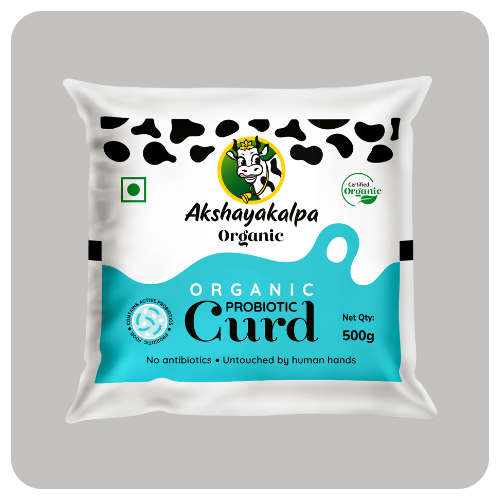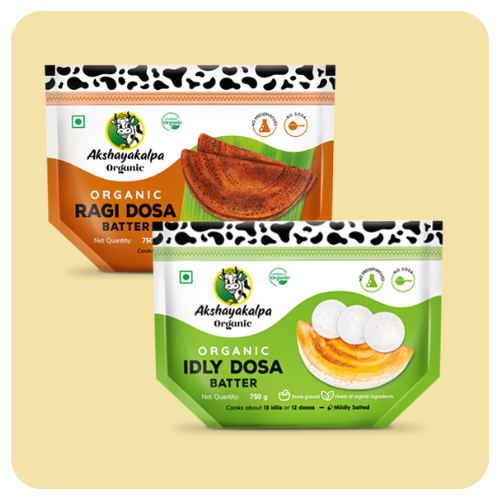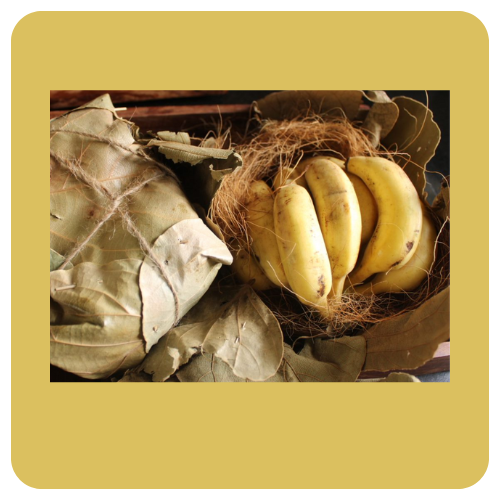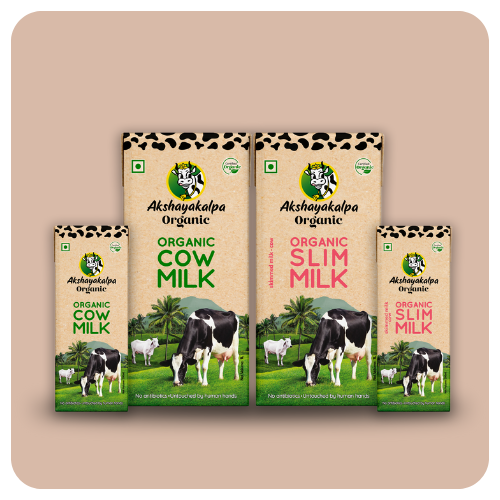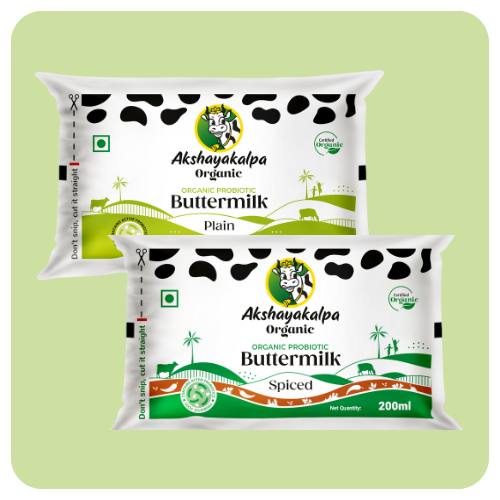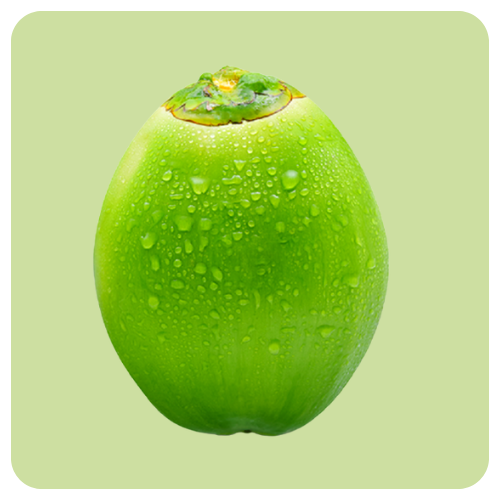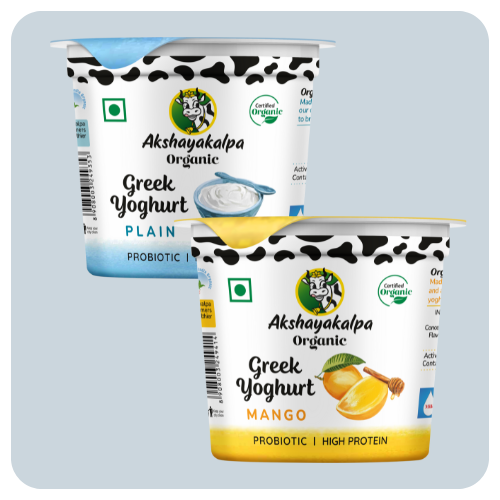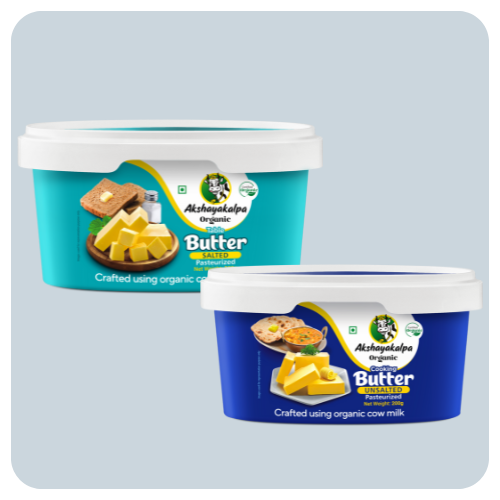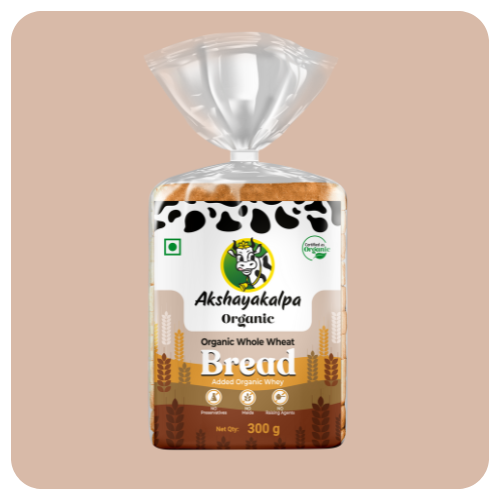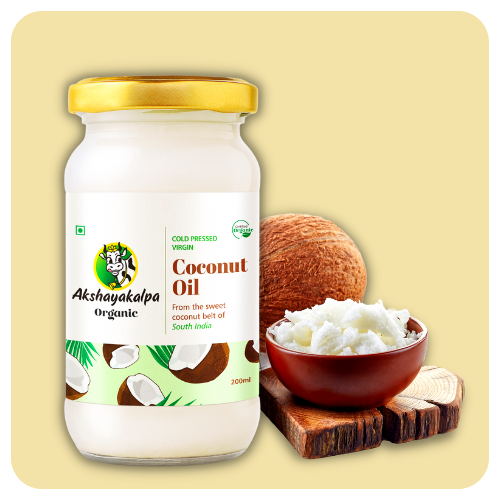The Indian diet problem: The illusion of a balanced meal
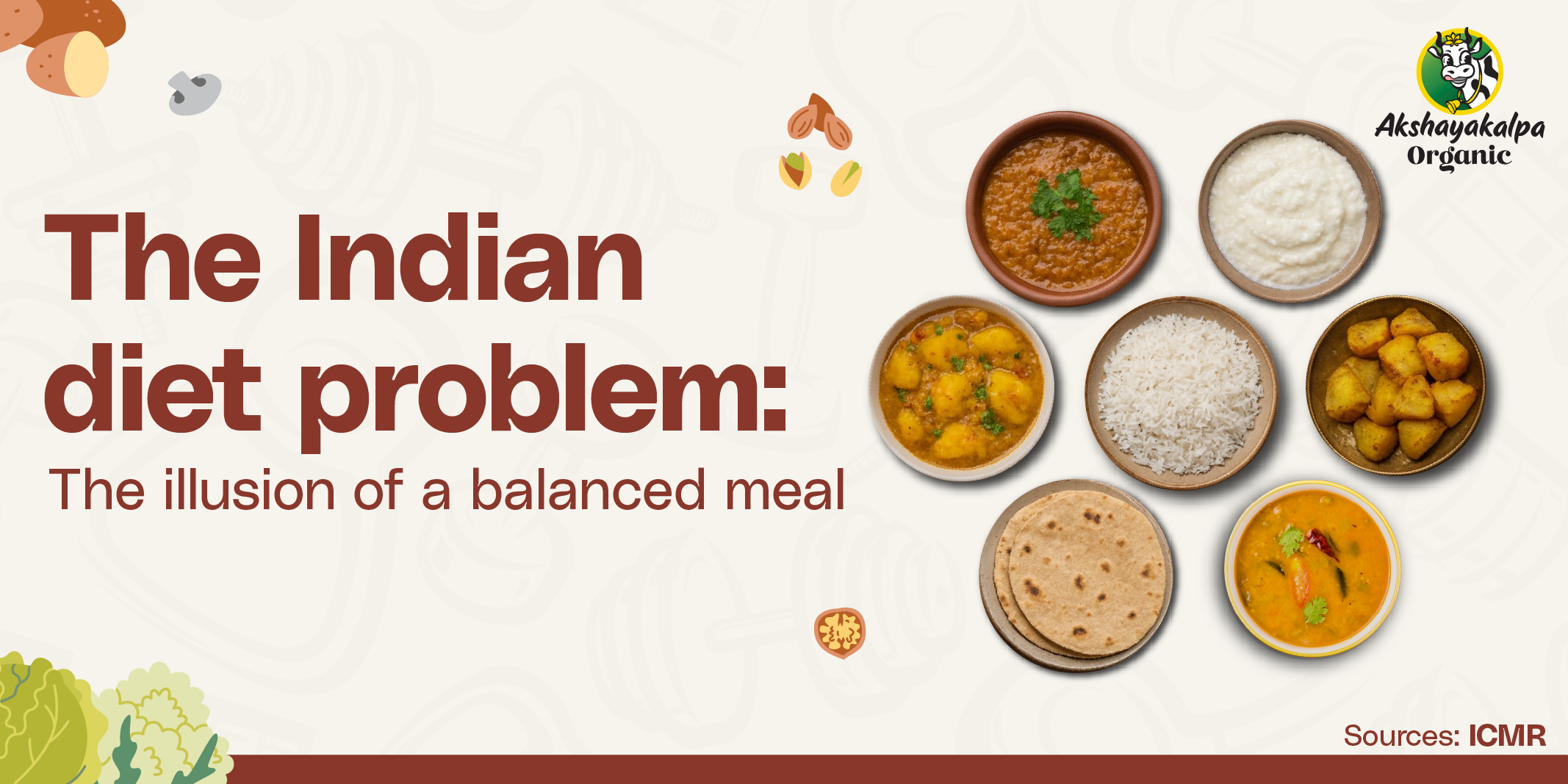
If you were to count your protein intake today, meal by meal, what would it look like? Breakfast, lunch, snacks, and dinner may seem filling, but chances are, they are still falling short of your body’s needs.
The reason lies in the composition of our daily meals. Most Indian diets revolve around carbohydrates. Rice, rotis, and potatoes have become the centre of our plates because they are comforting and familiar. Over time, this pattern of eating “to feel full” has replaced eating “to feel nourished.” Protein-rich foods such as pulses, dairy, and legumes are often treated as accompaniments rather than essentials.
Recent reports highlight how deep this imbalance runs. The Indian Council of Medical Research (ICMR) found that two-thirds of Indian households consume less protein than required. A study published in the British Journal of Nutrition found that Indians rely on cereals for around 60 percent of their protein needs. Even The Times of India notes that while dal is a good source of protein, it is incomplete on its own and needs to be paired with foods like rice, paneer, or curd to be truly effective.
This isn’t just statistic. It shows up quietly in our daily lives as tiredness after meals, slower recovery after activity, weaker hair, or that constant feeling of low energy. These are small but real signs of a missing nutrient.
The fix is simple. You don’t need fancy ingredients or major changes. Replace some rice with millets or quinoa, include paneer or curd in your meals, and snack on nuts, roasted chana, or boiled eggs. A glass of milk or buttermilk every day for a natural protein boost.
Small changes like these can go a long way. When your meals become more balanced, your body begins to respond in its own quiet way with more strength, better balance, and lasting health. The difference may be quiet, but it is real.
